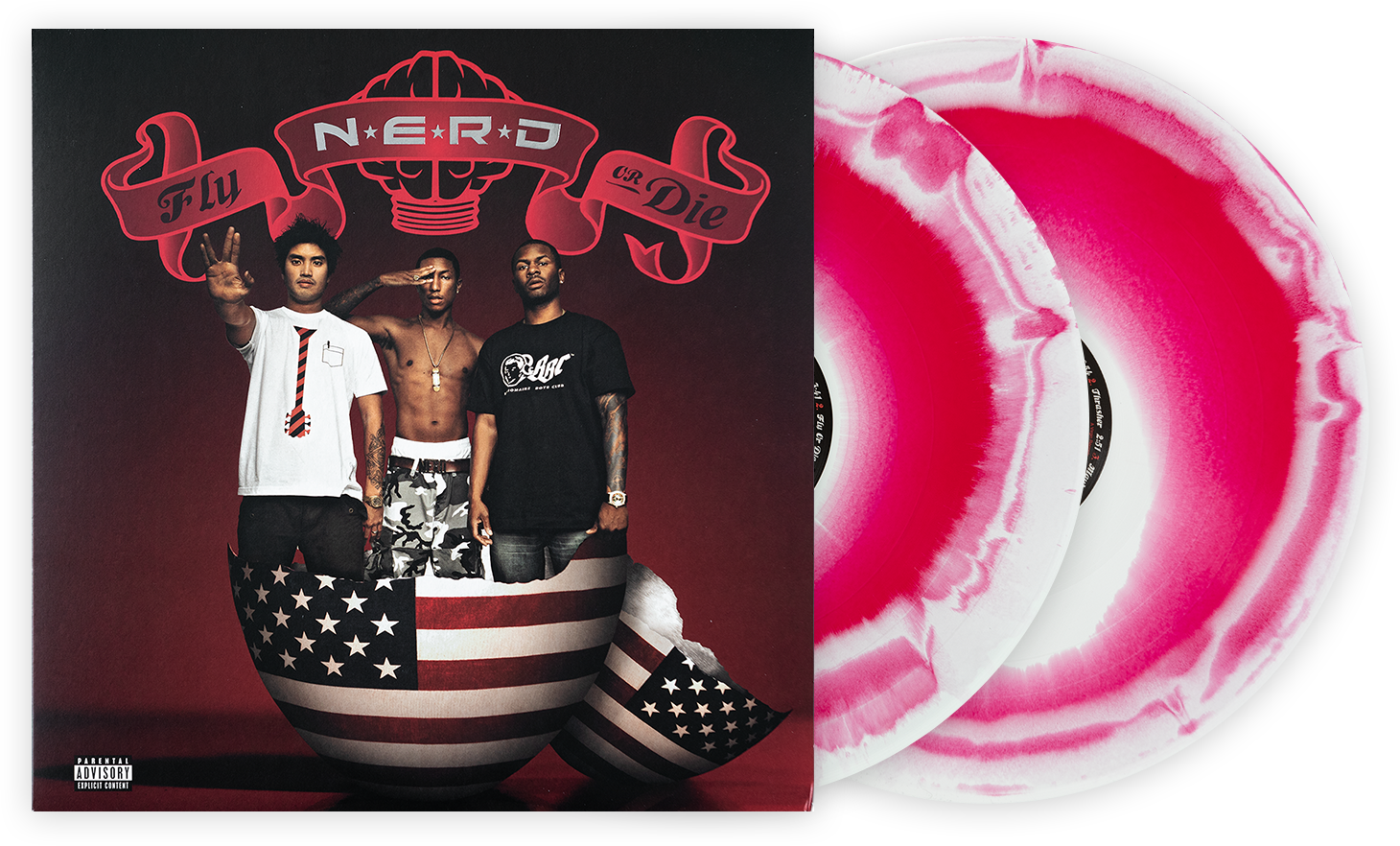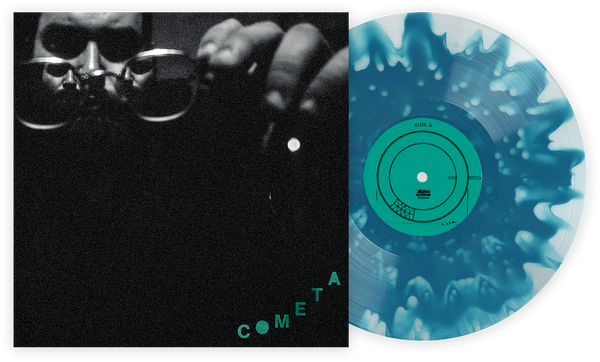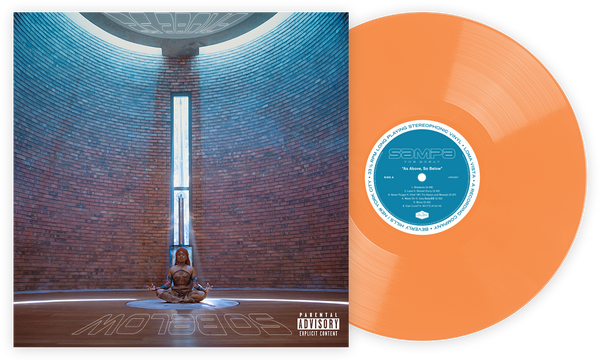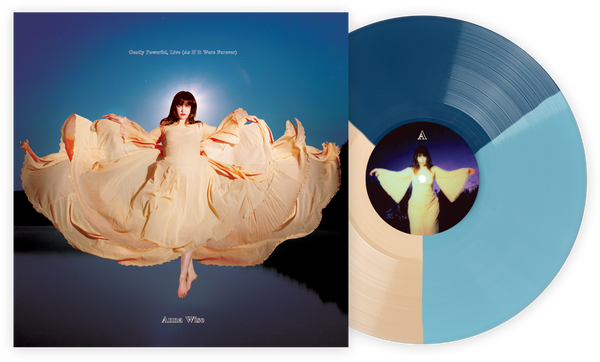Inside The Velvet Mind Of Alexandra Savior
We Talk To The Singer As She Launches Her Career Via Her Stunning Debut Album
It’s hard to describe what the inside of Alexandra Savior’s brain looks like, but she supposes there’s a lot of velvet. Listening to her debut album, Belladonna of Sadness, you can imagine there might be a few dimly lit hallways, scarlet-hued walls, a creepy parlor filled with omniscient stone-faced characters... and a gun positioned perilously on a side table.
The up-and-coming singer-songwriter has never been fully able to explain these visions to those who work with her. Since signing to Columbia Records in 2013 after getting noticed for her YouTube covers, she was presented with the opportunity to go to songwriting camp in London. Savior, who goes by her first and middle name (her last name is McDermott), took the chance, turning down art school, but admits that she didn’t learn much from her new songwriting partners. In fact, she couldn’t find any who could catch her drift.
“I think I just learned that I needed to do it myself,” Savior says on the phone from her hometown of Portland, Oregon. Her brother’s by her side, and they’re waiting for the interview to be over so they can go antique shopping. “It was like I had a disease and I was going to all these doctors and wanted them to cure me and like, none of them understood what my symptoms were. It was like I was hopping around day to day to a different place trying to explain what I was trying to convey. It was like going on blind dates.”
London turned into Los Angeles, and her label finally brought in Arctic Monkeys’ Alex Turner, who took an interest in her demos. Again, Savior was skeptical. “I don’t really understand what he was,” she says about her initial wariness. “We ended up meeting and having a lot of [favorite] bands in common.” And so for the next year or so, Turner, along with Monkeys producer James Ford, helped Savior extract her ideas and get them onto a record.
You can hear a bit of that struggle on Belladonna’s first track, “Mirage,” which tells the story of Alexandra’s search for a musical identity. “La-di-dah / I sing songs about / Whatever the fuck they want,” Savior sings sullenly with the same disinterested croon she uses throughout the album. “Dress me like the front of a casino / Push me down another rabbit hole / Touch me like I'm gonna turn to gold.” Legend has it, in the journey toward signing with Columbia, another label asked if she wanted to be like Katy Perry or Pink. She walked out of the meeting.
Savior and Turner molded Belladonna into a desert rock-inflicted film noir with menacing, harpsichord-like synths arpeggiating in slow motion, like the psychedelic leitmotif of a murderer. Macho guitars scuff up the tracks like tires on a dirt road. Bell tones and high piano notes are the glittery disco ball over an empty ‘50s dance floor. Savior’s voice itself sounds like a mix of Ella Fitzgerald and Lana Del Rey. “Girlie” tells the story of a Hollywood broad with stars in her eyes, perhaps another plastic alter ego: “Her shit is sorted / She’s all for it / Till her eyeballs start to bleed / She don’t wanna go to sleep,” Savior deadpans with the airiness of a yawn (In fact, she actually does yawn at the beginning of “M.T.M.E.” almost as if she’s too cool for any of this). A warbling organ pulses out a late-night ballad; surf guitars cry from a distance. On “Mystery Girl,” more harmonies come into play as Savior seeks out her lover’s mistress. A keyboard bounces underneath as she sings, “Don’t you try to calm me down / Pardon me, baby, but who’s the mystery girl?” The album closer spirals into a trippy tailspin. Savior’s voice echoes through a fog, a rattlesnake shivers in the background and the melody meshes into a haunted wind, blowing everything away.
If album sounds a bit murderous, it’s because it was intentional. There’s an eerie, isolated vibe you get when listening. The songs’ characters, who are all just versions of her insecure self, she says, don’t actually murder anyone throughout the course of the album; “I think they’re just really devious,” she admits. Her kink for the “murderous” feel started at a young age.
“My mom used to get really worried because when I was like 10 or 11, she would like look on the ‘recently watched’ on my Comcast and it was all like documentaries about serial killers,” Savior says. “She was like, ‘My child is insane and a psychopath.’ Which is also true, but I just feel like when I was 9, I knew all the words to the Law and Order SVU intro. And that’s how I am, I guess.”
Unlike other artists with a major-label backing and a debut album out, Savior hasn’t been pushed to the masses. Her interviews are select. Information is scarce. Her YouTube covers, which previously got the attention of Courtney Love, have been stripped from the Internet. Columbia didn’t even have a press release for Belladonna of Sadness. Instead, the draw of Alexandra Savior is the “Who’s that girl?” curiosity that arises when you stumble upon her music. It’s the sultry voice, the vintage, self-directed videos, the face of a model, the thrift-store style. As for her lack of social media presence, Savior just says that it makes her feel “yucky.”
Don’t get her wrong though -- Savior does want to reach the masses, and she wants to be known for her own artistry instead of that of Turner’s. However, with not that much to cling to, every article and interview about Savior focuses on her Arctic Monkeys connection, rather than her spooky music. Half of their identity belongs to Alex Turner, and perhaps rightfully so, since he and Ford produced, wrote and played on the album, but Savior is just ready to do things herself.
“I think that’s kind of been my biggest fear,” Savior explains about standing in the rocker’s shadow. “Which really wasn’t something that I understood until he played guitar at one of our shows. And then after that, things started to really escalate and then the attention started to turn towards him, which is really difficult because ... It made me question the process. I think I started feeling devalued.”
Besides “Mystery Girl,” Savior explains that the other songs were more of Turner’s liking, rather than her own, and that she wishes she could have spent two more months writing for the LP. However, she’s taking these songs out on the road anyway, departing for Europe later this month. And she has a plan for getting herself into her devious character: it’s all about visualization.
She takes me through the imagery that swirls through her head for “Cupid”: “Whenever I sing it, I imagine that I’m watching a 1700s play where there’s like men dressed as cupid, like really bad painted clouds,” she says. And then, “Mystery Girl”: “I have these big, dark black wings like Maleficent or something and then they’re slowly spreading. And then all of the band are like my little monkeys in the Wizard of Oz,” she explains.
You see, this is just how Savior’s mind works. There’s little hidden nuggets in each corner, waiting to find a home in a song. It’s just a matter of figuring out how to get it all out. With some of those vivid scenes living in Belladonna of Sadness, we can only imagine what she’s got tucked away, waiting to be extracted.
As a bonus, we had Alexandra Savior make a Spotify playlist for us. Here that is:
Join the Club!
Join Now, Starting at $36Pages









